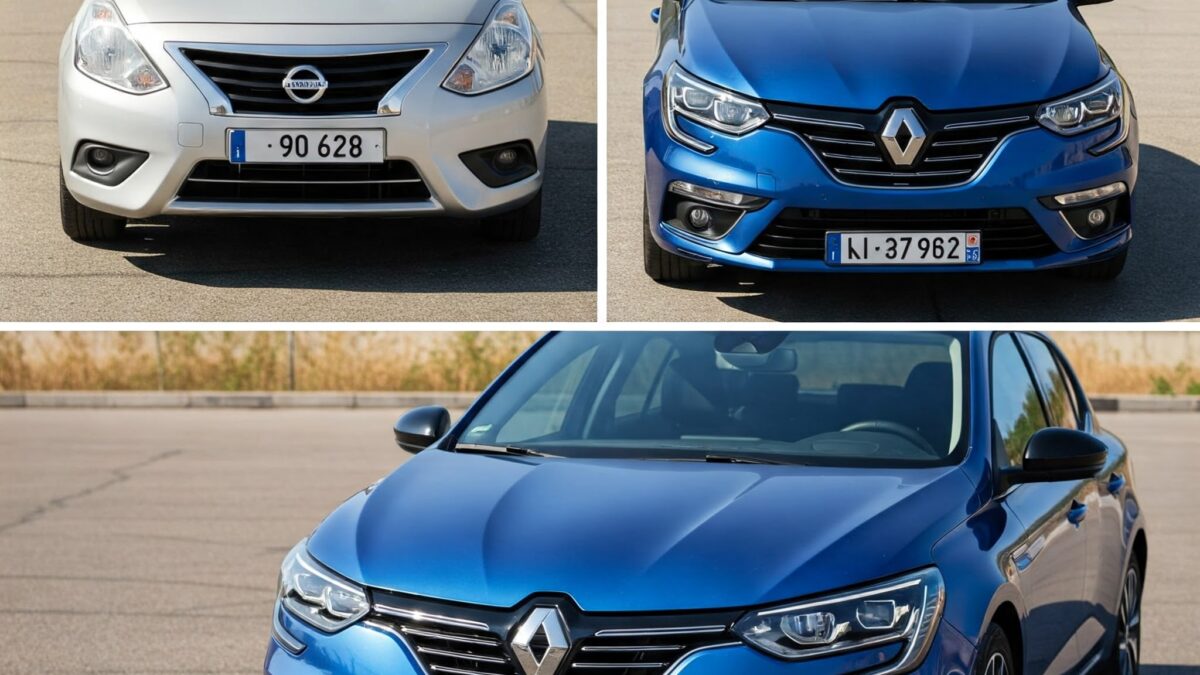In a significant shift within the automotive industry, Nissan has announced the sale of its 51% stake in Renault Nissan Automotive India Private Limited (RNAIPL), the joint venture it has shared with Renault since 2005. This decision, which hands Renault full ownership of the manufacturing entity, marks a pivotal moment in the Renault-Nissan alliance’s operations in India, one of the world’s largest and most competitive automotive markets. Beyond its immediate implications, this move reflects broader strategic realignments within the global automotive landscape, driven by the need for operational efficiency, market adaptability, and a focus on emerging trends like electrification. This analytical article explores the rationale, implications, and global context of Nissan’s decision, weaving together the various threads of this development.
A Brief History of the Renault-Nissan Alliance in India
The Renault-Nissan alliance, established in 1999, has long been a model of collaboration in the automotive sector, enabling the two companies to share technology, platforms, and manufacturing facilities worldwide. In India, this partnership took shape with the creation of RNAIPL in 2005. The joint venture’s manufacturing plant in Oragadam, near Chennai, began operations in 2010 and has a production capacity of 480,000 vehicles per year. Since then, it has produced over 500,000 vehicles, serving both the domestic market and exports.
India, however, presents a challenging environment for automakers. Intense competition, fluctuating consumer demand, and the need to adapt to local preferences have tested the alliance’s resilience. While models like the Renault Duster and Kwid achieved notable success, overall sales have been inconsistent, peaking at 192,000 units in FY2016-17 before declining. This context of underutilized capacity and market pressures provides a backdrop to Nissan’s decision to divest its stake, suggesting a strategic reevaluation of its role in the joint venture.
The Strategic Rationale Behind Nissan’s Exit
Nissan’s sale of its 51% stake in RNAIPL to Renault is part of a broader restructuring of the Renault-Nissan alliance. Alongside this transaction, both companies have agreed to reduce their cross-shareholdings in each other from 15% to 10%, signaling a move toward greater independence. For Nissan, exiting the Indian manufacturing joint venture may reflect a desire to streamline its global operations and redirect resources to higher-priority markets or initiatives, such as electric vehicles (EVs) and autonomous driving technologies.
By divesting its stake, Nissan reduces its exposure to the complexities of the Indian market, where regulatory changes, economic volatility, and competition from domestic giants like Maruti Suzuki and international players have made profitability elusive. This move allows Nissan to free up capital and focus on its “Nissan Ambition 2030” strategy, which emphasizes electrification and innovation—areas where it may see greater long-term returns.
For Renault, acquiring full ownership of RNAIPL is a bold step to strengthen its foothold in India, a market it considers vital to its global growth. With 100% control, Renault can tailor its strategies more effectively to Indian consumers, unencumbered by the joint decision-making inherent in a partnership. This could involve deeper localization of products, faster responses to market trends, and an accelerated push into the EV segment, where Renault has signaled plans to introduce new models.
Financial and Operational Implications
Financially, the transaction carries significant implications. While the sale price remains undisclosed, Renault’s acquisition of Nissan’s stake requires a substantial upfront investment. However, this could be offset by long-term benefits, such as streamlined operations and cost savings from sole ownership. For Nissan, divesting its stake provides liquidity that can be reinvested in other strategic priorities, such as reducing debt or funding technological advancements.
Operationally, the shift to Renault’s full ownership is unlikely to disrupt production at the Oragadam plant. Nissan has committed to sourcing vehicles from RNAIPL for both domestic sales and exports, ensuring its continued presence in India without the responsibilities of ownership. Renault, meanwhile, can leverage the facility’s capacity to scale its operations and pursue its ambitious plans for the market. The joint venture employs approximately 15,000 people in Tamil Nadu, and both companies have emphasized their ongoing commitment to the region, suggesting stability for employees and local stakeholders.
The Larger Global Context: A Shift in Alliances
Nissan’s decision must be understood within the evolving dynamics of the Renault-Nissan-Mitsubishi alliance. Since its formation, the alliance has adapted to changing circumstances, notably with Nissan’s acquisition of a stake in Mitsubishi Motors in 2016. The recent reduction in cross-shareholdings and the restructuring in India reflect a broader trend toward flexibility in automotive partnerships. Rather than maintaining rigid structures, the alliance is adopting a more agile approach, allowing each company to pursue independent strategies while collaborating on specific projects, such as joint EV development or shared platforms in select regions.
This shift mirrors a larger transformation in the global automotive industry, driven by the transition to electrification, autonomous driving, and new mobility solutions. Renault’s focus on launching EVs in India aligns with its global electrification strategy, while Nissan’s divestment supports its emphasis on innovation under “Nissan Ambition 2030.” By realigning their partnership in India, both companies can allocate resources more effectively to these high-stakes areas, positioning themselves for a future where adaptability and technological leadership are paramount.
The Indian market itself underscores the need for such flexibility. As one of the world’s largest automotive markets, it offers immense potential but demands rapid responses to local dynamics—something easier to achieve with streamlined ownership. Renault’s consolidation of RNAIPL positions it to capitalize on India’s growth, while Nissan’s adjusted role allows it to maintain a presence without overextending its resources.
Conclusion: A Strategic Realignment for the Future
Nissan’s sale of its 51% stake in RNAIPL to Renault is a calculated move that reflects the evolving priorities of both companies in a rapidly changing industry. For Renault, full ownership of the Indian joint venture signals a deeper commitment to a key market, offering the flexibility to pursue tailored strategies and capitalize on emerging opportunities like electrification. For Nissan, the divestment sharpens its focus on global ambitions, freeing resources for innovation and growth in other areas.
This development also highlights the fluid nature of automotive alliances in today’s world. As market conditions, technological disruptions, and consumer demands evolve, strategic realignments like this one will become increasingly common. In the larger global context, the Renault-Nissan alliance’s recalibration in India serves as a microcosm of the broader transformations reshaping the automotive sector—where adaptability, efficiency, and a forward-looking vision are the keys to success.




